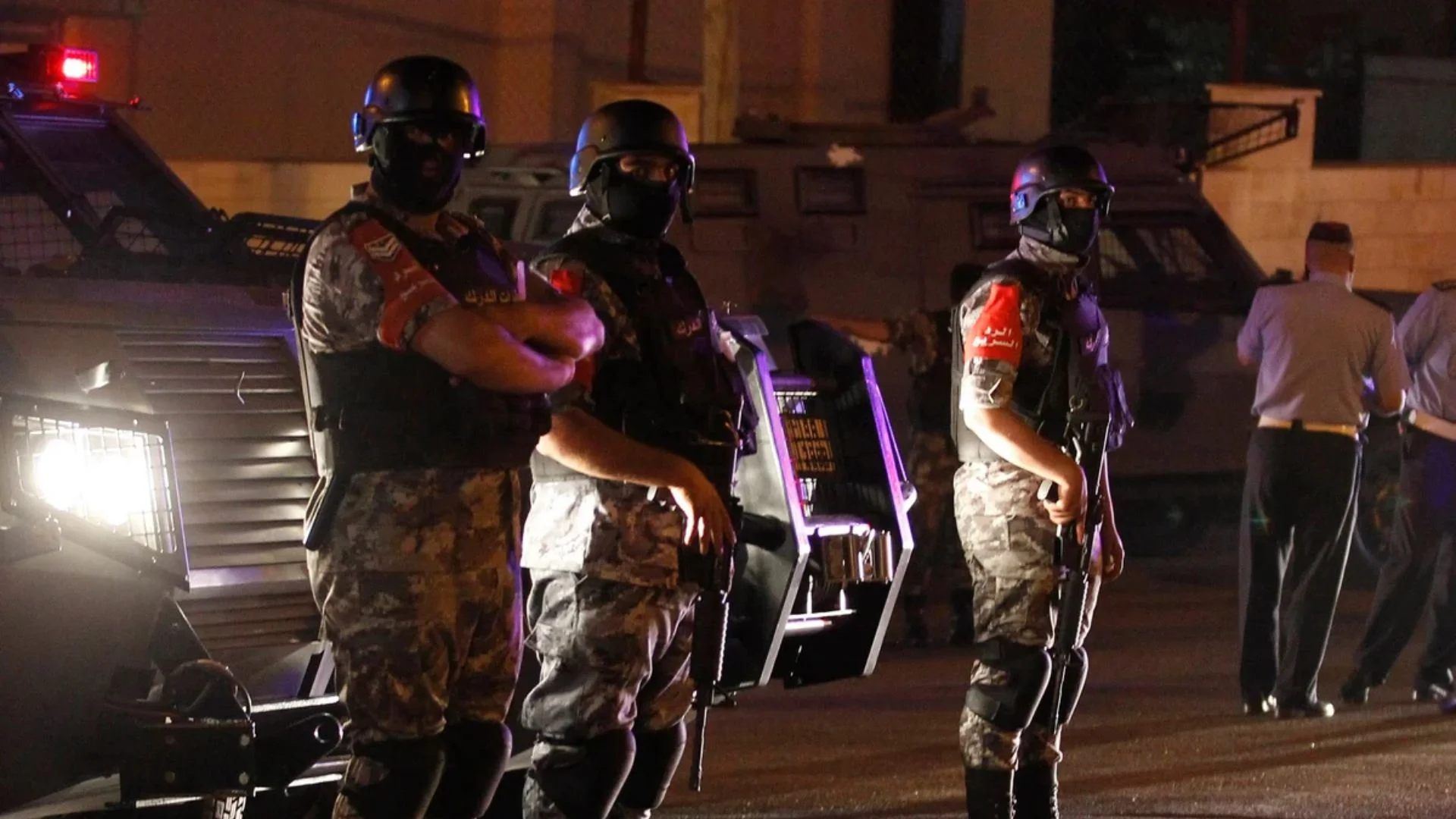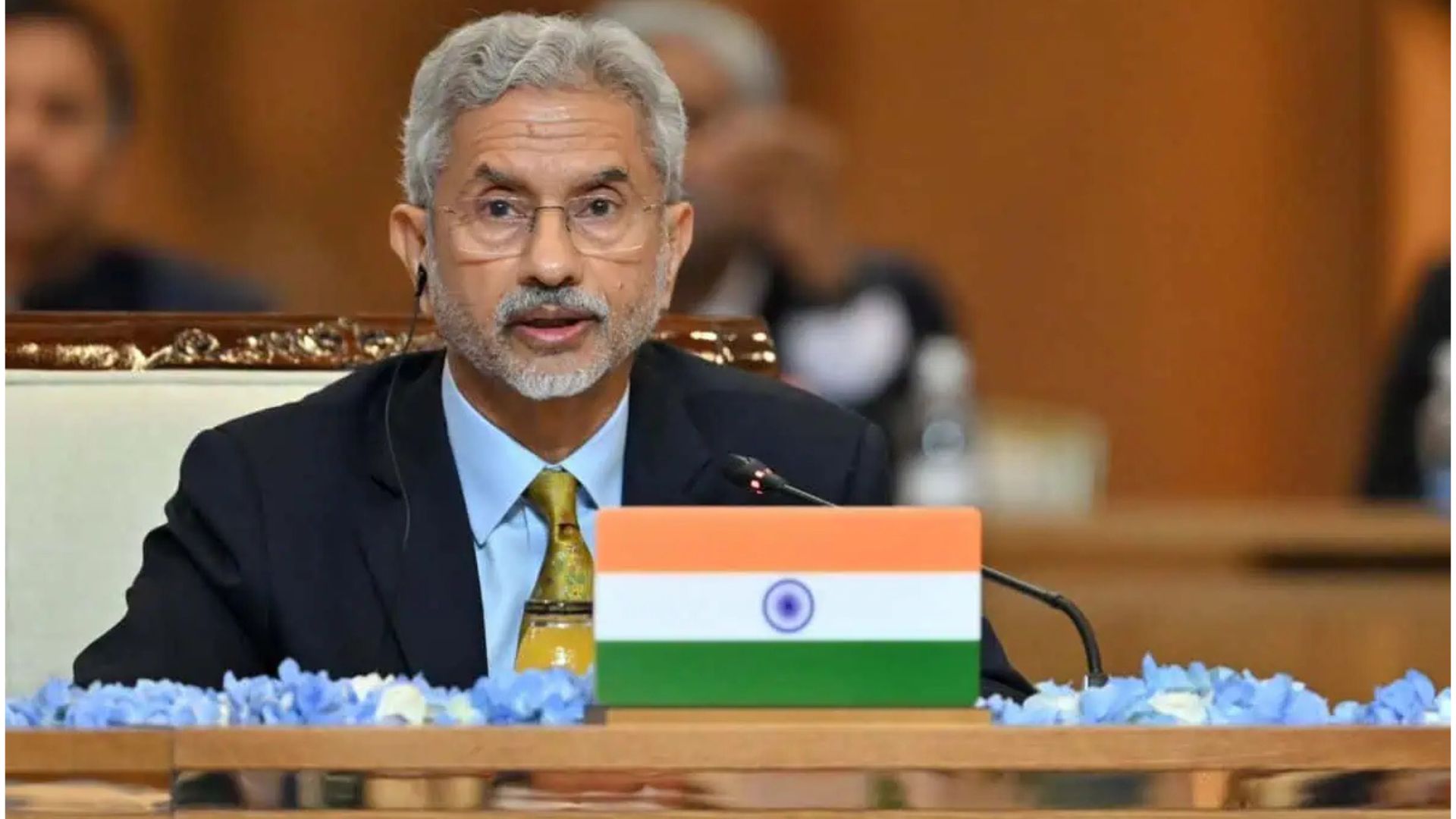
The very first National Law University (NLU) was established in the year 1987 under the leadership of Professor N.R. Madhava Menon, a visionary educationist and a renowned jurist. Prof. Menon not only introduced the country with a new concept of legal education but also changed the perspective towards it. After almost thirty-three years of the establishment of the first NLU, the country has now twenty-three functional NLUs.
The concept of NLUs has indeed brought revolution and radical changes in legal education but at the same time, these institutions have been called out for being a hub of elites. In the year 2018-19, Increasing Diversity by Increasing Access (IDIA) published its report on the diversity of legal education by taking the sample space of five leading NLUs. The report had some baffling and yet speculated findings, the largest proportion of students (33.20%) hailed from a household with an annual income of over Rs. 15 lakh and hardly 7.5% of the total students belonged to income below Rs. 1 lakh. This report was further quoted by Justice Dr D.Y. Chandrachud in an event, Justice Chandrachud highlighted the class disparity (based on the financial background of the student). This report further affirms the allegation on NLUs of being a hub of elites and being exclusive in the sense of class disparity. Reason for the class disparity in NLUs is not straight jacket rather a complex situation. However, the cause and effect formula takes us to the accessibility and seat allocation in these institutions. There are numerous reasons for this disparity, but what seems like an encouraging factor for the disparity is recognition of reserved seats in these institutions based on the high fee-paying capacity of the candidates.
NLUs like many other educational institutions, reserves seats for Foreign Nationals/ non-resident Indians (NRIs)/ NRI-sponsored candidates. The admission on these reserved seats is either available to NRIs or in many cases anyone falling in the proximity of relationship with NRIs, who can pay the higher fees. However, having adequate resources to pay higher fees is more important than actually belonging to the community of NRIs. The apex court in PA Inamdar v. State of Maharashtra (2005) discussed the validity of these quotas. It was noted by the court that the students admitted under this quota neither are NRIs nor have any proximity and even called is as a “misnomer”. All these critical observations have no underlying significance since the court in the same judgement validated the NRI quota. The Supreme Court didn’t delve into the intricacies of the Constitution to adjudicate whether or not these reservations are constitutionally valid and rather justified it on the ground that “the emigrated NRIs had a desire to bring their children back to their country, not just for education but also so that their children could get reunited with Indian cultural ethos.”. Even after the validation provided for NRI Quota, the court was still sceptical on the same and therefore laid guidelines and conditions for the regulation in matters of admission related to NRIs. The only regulatory guideline is the cap of 15% on the NRI quota. The conditions in furtherance of this guideline laid down – that these seats must be utilised by bona fide NRIs only and the merit must not be given a complete go-by.
Fifteen years later a judgement by the High Court of Orissa in Ishika Patnaik vs. National Law University Odhisha and ors. (2020) brought the requirement and validity of these seats in the contemporary debate. A writ petition was filed by a candidate after her application was not considered for admission under NRIs category. The court observed that the NRIs Quota are “affront to meritorious candidates”, “reservation for elite class” and “unconstitutional”. This observation came few days after the judgement of Supreme Court which was also on the same lines calling NRI quota as “not sacrosanct” in Nilay Gupta v. Chairman Neet PG Medical and Dental Admission/Counselling Board (2020). In the Judgement of Nilay Gupta, the question before the court was to decide whether or not NRIs quota are mandatory in nature in private medical colleges. However, the contention here is not to go into the factual details of Nilay Gupta’s case but to highlight the scepticism of the apex court. To delve into the constitutionality and irregularities related to these quotas it is paramount to understand the term NRIs and how it is applied in its true sense in the context of NLUs.
WHO ARE NRIS?
Advocate Chirayu Jain in a research report published in the year 2018, pointed out that there lies no uniformity in the definitions of NRIs. NLUs that reserves seats under this category have varied definitions and applicability. For instance, National Law Institute University, Bhopal (NLIU) has reserved 17 seats for NRI/NRI-sponsored candidates, whereas National Law School of India University (NLSIU), Bengaluru and National Academy of Legal Studies and Research (NALSAR), Hyderabad have five and twenty-four seats respectively reserved for Foreign Nationals. According to Jain, universities including both NLSIU and NALSAR along with other NLUs admits students subject to the possession of a foreign passport. However, neither the websites nor the admission notification of these universities provides any details of what falls within the category of “Foreign Nationals”. Many NLUs have chosen to tailor the category as per their satisfaction this could be understood by looking at the distinction of categorisation by NLIU Bhopal which accepts candidates sponsored either by a first degree or second degree NRIs and Tamil Nadu National Law School (TNNLS), Tiruchirappalli which further creates hierarchy: those with NRI parents are to be preferred over those with NRI guardians, while both to be preferred over NRI-sponsored. The categorisation by these NLUs is not only confound but provides leverage for irregularities. In the Elusive Island of Excellence (report of 2016) by Advocate Chirayu Jain and other students from NLSIU, which is an extensive study of NLSIU. It was found that out of 21 foreign nationals, 17 of them completed their schooling in India, however, they turned into a foreign nationals for the sake of an undergraduate course. The ambiguity and absence of any uniform definition have been potential threats to transparent admissions and further jeopardises the condition laid down in P A Inamdar, of providing seats to bona fide NRI candidates. The other condition which deals with the “merit” also falls under scrutiny for a logical reason that if there are any irregularities, how merit would be saved.
WAVERING MERITOCRACY
Recalling the vision of Prof. Menon again the idea behind establishing the concept of NLU was to bring the best out of the best. The pan India exam conducted in furtherance of this vision resulted in the induction of students who are serious towards the legal field. Even in P A Inamdar, out of all the conditions laid down, the court emphasised upon that the merit must not be given a complete go-by. However, the self-categorisation and non-uniformity of NRIs quota have put this condition under a complete violation. TNNLS, for instance, creates categorisation and provides preference to one kind of NRIs over the other, while NLSIU gives preference to South Asian Association for Regional Cooperation (SAARC), does this preferential treatment even under the same quota directs towards the death of meritocracy?
While a lot of NLUs like Maharashtra National Law University (MNLU), Mumbai, Hidayatullah National Law University (HNLU) considers only the ranking of CLAT even for this quota. There is no scope of debate that there vests a large gap between the ranks of general category and NRIs. The first list cut-off rank for this year in NLIU Bhopal in the general category was all India rank (AIR) 526 whereas for NRIs quota it was AIR 2543. Similarly, in HNLU the first list cut-off for general category was AIR 696 and for NRIs, it went down to AIR 4087. The statistic is for a handful of NLUs which consider CLAT AIR while giving admission to NRIs. While it is easy to analyse and compare the merit of in these institutes for NRIs/NRI-sponsored category, it becomes almost the discretion of institute such as NALSAR which rather provides direct admissions for foreign national category without CLAT.
The sharp decline in the AIR when moving from general category to NRI is alarming and indicative towards a decrease in meritocracy. While meritocracy is not the sole criteria for the determination of the ability of any individual but it is unreasonable to provide a special set of candidates with a ship to reach the island of excellence (NLUs) while all the others are swimming through the ocean. This decline merit is not only subject to CLAT examination but also during the course curriculum. The same study of 2016 further concluded that in NLSIU, foreign nationals are the worst performers academically. The study demonstrates that in the year 2015, the overall average cumulative Grade Point Average (CGPA) was recorded to be 4.70 out of 7.00. The general category students had a CGPA of 4.96, whereas foreign nationals were found to have an average CGPA of only 3.97, this remains even lower to the caste-based reserved candidates. For instances, Scheduled Caste (SC) students had a better CGPA of 4.06. However, Scheduled Tribe (ST) students had scored 3.9, which is lower than the foreign national students. If seen in the context, a larger proportion of ST students (19.4%) found themselves not fluent in English as compared to 4.8% of foreign national. While SC/ST students are called out for their reservation and merit very frequently NRIs do get away with it without any public intimidation.
A simple comparison between the meritocracies of caste-based reservation and NRI quota doesn’t come from the realm of rationality. One category has been provided with reservation as a form of compensation for a thousand years of exploitation and to provide them with adequate representation in the mainstream. Whereas the other category relies on the class differentia and the ability to pay a higher fee than the regular candidate, which also signifies the privileges and abundance of resources. Yet, there is only a meagre difference between the academic records of both.
In the judgment of Inamdar, the findings of Chief Justice R C Lahotri were also on similar lines, where he found “that admissions were being granted to less meritorious students just because they could afford to pay the higher fees sought”. The statistics only affirms the findings of the Chief Justice. While speaking for the NRI quota, the Supreme Court emphasized that the merit should not be given a complete go-by. It seems that the NLUs have let down the Supreme Court.
PRO-NRI ARGUMENTS
The concept of NLU lies on the foundation of autonomy and protection from any outer interference in the matters related to the internal functioning of the university. Legal departments under various State and Central universities have crippled down and the quality of legal education has faded. This is the result of multiple factors, but interference from outside makes it even more cumbersome for these universities to experiment with new courses and curriculum since the process is very long and tiresome. In NLUs, decision making is comparatively faster, which has resulted in better qualitative education. However, this autonomy comes with a price, while traditional Central and State universities are flourished with funds, NLUs are seen as a self-sustaining model. Many NLUs are provided with one-time fund assistant for setting up of university and infrastructure and few NLUs are partially funded by the respective State governments, even in the latter scenario funds are not enough to maintain top-notch education model. These universities function majorly on the revenue generated budget, where the fee paid by students are utilised for the payment of salaries to the teachers, administrative staff and ground staff.
Amidst dearth of funds and hassle to provide quality legal education, the fee differential between a regular student and an NRI student act as an allurement for the NLUs. The flow of fund in the form of higher fees from NRIs to financially secure the institute was also recognised by the court in Inamdar’s judgement. However, with this affirmation, the court also added that these funds collected from NRIs must be utilised for subsidising the education of students hailing from economically weaker sections of the society.
Jain, in his study (2018) provided statistics which proves how only a negligible percentage of the total fee collected from NRIs are used for subsiding education of students from the weaker background. The statistics provide that the highest utilisation of the NRIs fund to subsidise fee for students from the weaker background is done by MNLU, Mumbai, which is 7.55%. The subsidy percentage of NLSIU, NALSAR didn’t even cross 3%.
What the court didn’t consider that these are educational institutions and not barter houses, the deficit created by insufficient funding could not be equalised through charging a set of candidates’ higher fee and providing them seats. Rather, the funding from NRI quota could be prone to misuse and commercialisation of education. Speaking about the commercialisation of education, it’s important to bring in the philosophy of Ambedkar on education. Dr Ambedkar, in Bombay Legislative Council in the year 1927 spoke in length and breadth on how the colleges financed through the fee collected are not imparting education but are commercialising it. According to him education is not quid pro quo and must be “cheapened”, with cheapened Ambedkar meant that the funding must come from the State rather than dependence on the fees. Further, “Socialism” in the Preamble of Indian Constitution in its true essence duty bounds the State from ceasing any such commercialisation, at least in the public institutions.
THE WAY AHEAD
The structural loophole in the NLUs has deprived many meritorious and hardworking students of getting into the desired institutions, just because they couldn’t afford to pay higher fees. The seats which could have helped many such students to reach their goals, but these seats were served to already privileged and elites. The irregularities in the admission procedure rather suggest that anyone with deep pockets can get admission in these institutions by surpassing the merit. In recent times, these institutions are still far from the dream of Prof. Madhava Menon and are currently acting as an instrument of exclusion.
The regulations and conditions in the form of safety valve from arbitrary misuse laid down by the Supreme Court in the judgement of Inamdar, are violated by most of the NLUs. These institutions at the place of aligning to the conditions, work on whims and fancies. The arbitrariness in the selection process does lead to class disparity and failure of ideal objectives behind setting up of these institutions.
The recent judgment of the Supreme Court in Nilaya Gupta followed by the judgement of Ishika Patnaik by Orissa High Court suggests that now courts are critically scrutinising this quota. Nullity of the quota is expected soon, else exclusionary system will keep depriving candidates of their rightful seats. Till the time strict scrutiny of NRI quota is done on the Constitutional merits, NLUs would remain a paradoxical dream.
A judgement by the High Court of Orissa in Ishika Patnaik vs. National Law University Odisha and ors (2020) brought the requirement and validity of these seats in the contemporary debate. A writ petition was filed by a candidate after her application was not considered for admission under NRIs category. The court observed that the NRIs’ quota is an ‘affront to meritorious candidates’.















